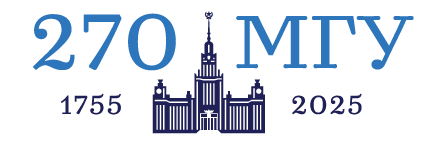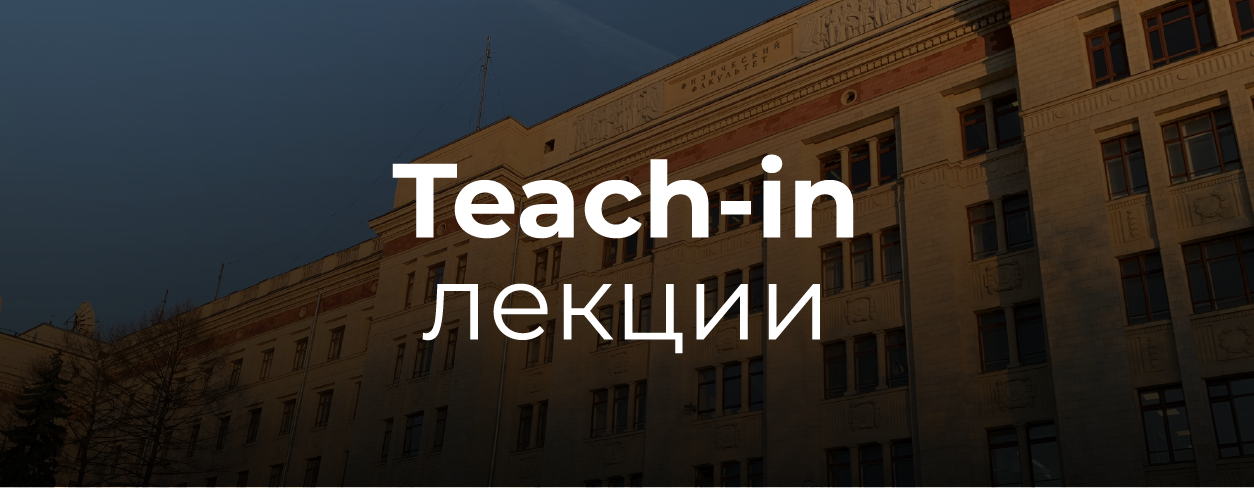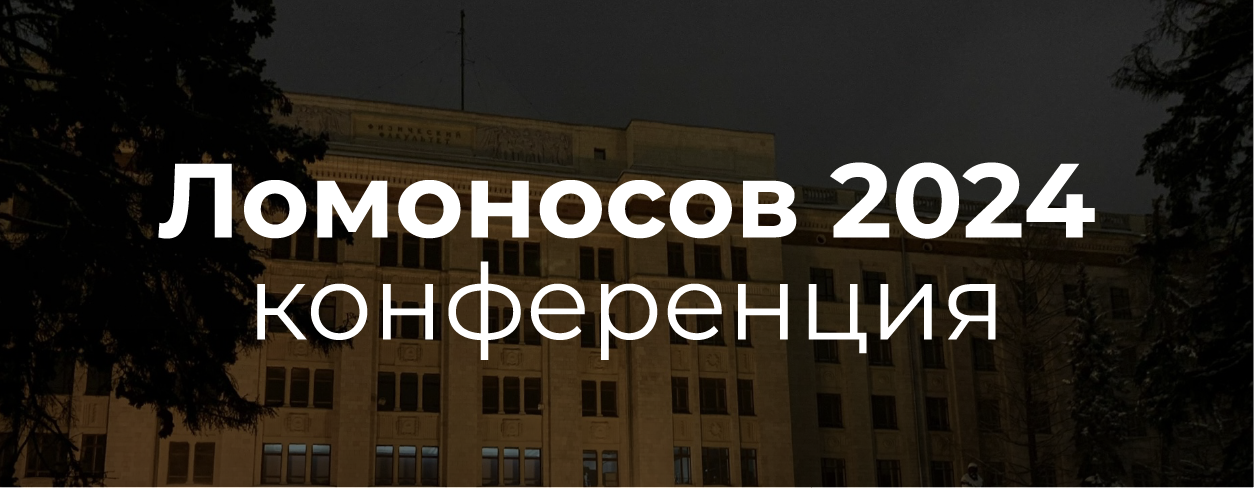2013: Antisunward structure of thin current sheets in the Earth's magnetotail was predicted
Physicists from Moscow State Univ. in collaboration with researchers from IKI RAS first constructed a two-dimensional quasi-adiabatic model of a thin current sheet in the magnetotail based on its longitudinal inhomogeneity. They predicted an antisunward structure of thin current sheets in the Earth’s magnetotail.
A self-consistent kinetic model of thin current sheets (TCS) was developed, taking into account the inhomogeneity of TCS parameters in the antisunward direction. We show that the charged particle dynamics depending on the magnetic field distribution in the downtail direction completely determines the magnetotail equilibrium structure. We demonstrate that transient ions as well as electrons are the main current carriers in this system, but the first ones support mostly the background (1-D) structure of the current sheet. The influence of electrons and quasi-trapped ions is found to vary depending upon downtail distance along the sheet. Assuming the conservation of the so-called quasi-adiabatic invariant, we show that quasi-trapped particles are distributed along the current sheet in such a way that they concentrate in the region with large values of normal magnetic field component. As a result quasi-trapped ions can dominate near the earthward edge of TCS. In contrast, the electron current becomes stronger in the TCS tailward region where the normal magnetic field component becomes weaker, and field line curvature drifts are enhanced. Our quasi-adiabatic model predicts that thin current sheets in the EarthТs magnetotail should have weakly 2-D configuration which, similar to its 1-D analog considered earlier, conserves the multiscale “matreshka” structure with multiple embedded layers.
The results of this work have been published in Malova H.V., V.Yu. Popov, D.C. Delcourt, A. A. Petrukovich, and L. M. Zelenyi, Antisunward structure of thin current sheets in the EarthТs magnetotail: implications of quasi-adiabatic theory, J. Geophys. Res, VOL. 118, 4308–4318 (2013).










